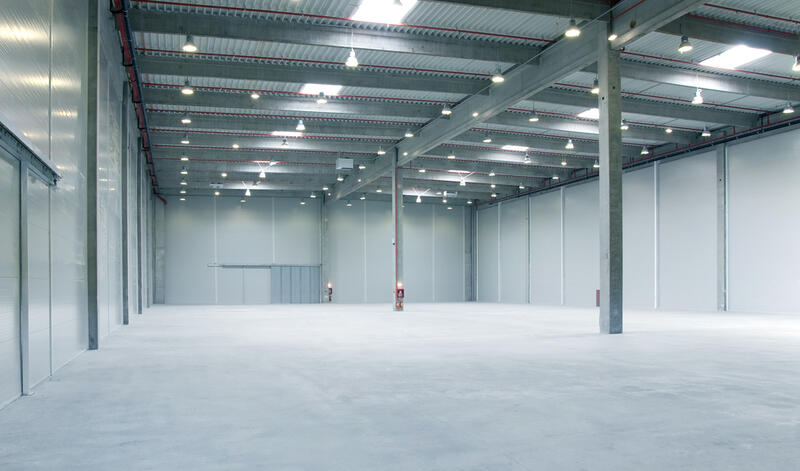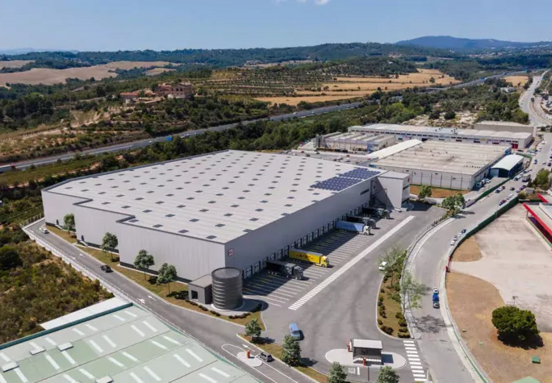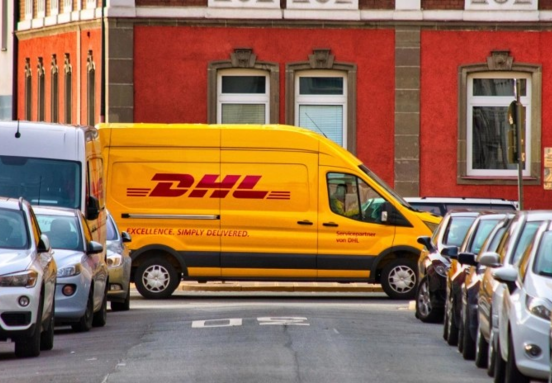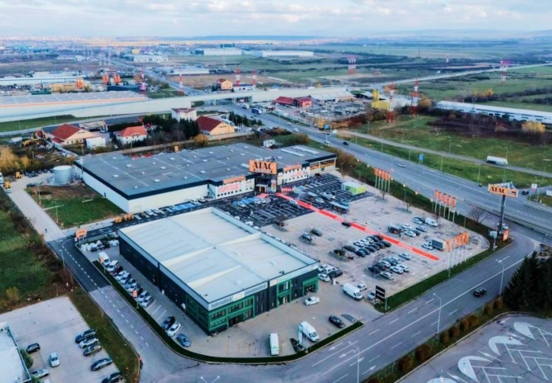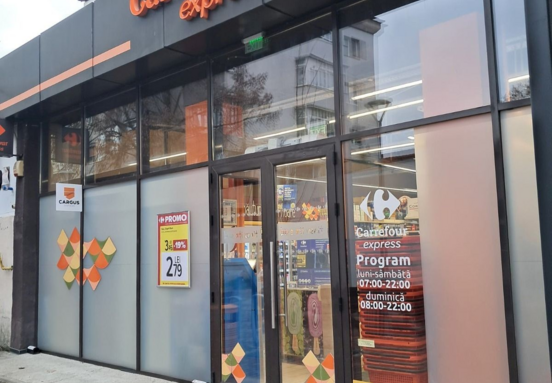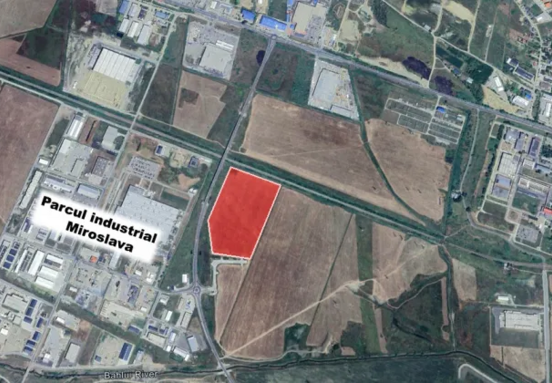In the first quarter, 73,000 sq m of modern industrial and logistic spaces were rented, out of which two thirds in Bucharest and the rest in western areas.
30 cities in Romania were chosen for the study, judged from the perspective of attractiveness for storage and production activities. Several indicators have been used to carry out this study, including distance to customs points, various workforce data series (such as salaries, age, unused potential), local transport quality, existing industrial parks.
Bucharest was not considered as a criterion in itself: given the significant share of the Capital in private consumption at national level, it would certainly have been the first place in the top. Thus, the cities from which the transit to the main customs points (Nădlac, Borş, Giurgiu) is the shortest are Arad, Timişoara, Alba-Iulia, Oradea, Sibiu.
On the other hand, the greatest availability of the labor force is found outside the Carpathian Arc, in the cities of Moldova and in the south of the country: Iasi, Suceava, Craiova, Bacau, Galati. Last but not least, the cities with the largest cumulated area of industrial parks, administrated mostly by local authorities, are Ploieşti, Cluj-Napoca, Braşov, Oradea and Sibiu.
"Not surprisingly, the central and western areas of the Carpathian Arc are generally the most attractive for companies that have trade links with Western Europe. Possible employees are located in other areas of the country, and Romania also faces a rather low internal labor mobility. For example, only the Iasi and Suceava counties together have the seventh part of the total number of people committed at national level, from our calculations. Structural reforms to increase population performance and two highways on the north-south / east-west axes could lead to explosive and lasting economic growth", said Silviu Pop, Head of Research at Colliers International Romania.
The appetite for industrial development in the West of the country is influenced by the increased demand in this area. The total rented area in the first quarter was approximately 73,000 square meters of modern logistics space, the highest demand being registered in the capital - 66%, and the remaining 34% in Cluj-Napoca (22%) and Timisoara (12%).
Although rental activity in the first quarter was lower than in the same period in 2017, there are sufficient elements to support moderate optimism and the consultants expect the demand for modern industrial premises to accelerate significantly by the end of the year. Also, the tendency of tenants, particularly those in the retail and online business, to develop their own storage facilities, from which certain areas may subsequently be sub-leased, will be increased.
Regarding rents, the starting point remained around 4 euro / sq m in the Bucharest area. According to Colliers International data, low vacancy rates, demand from tenants and labor costs increase by more than 10% will put pressure on rent at least for the next quarters. (source: adevarul.ro)
